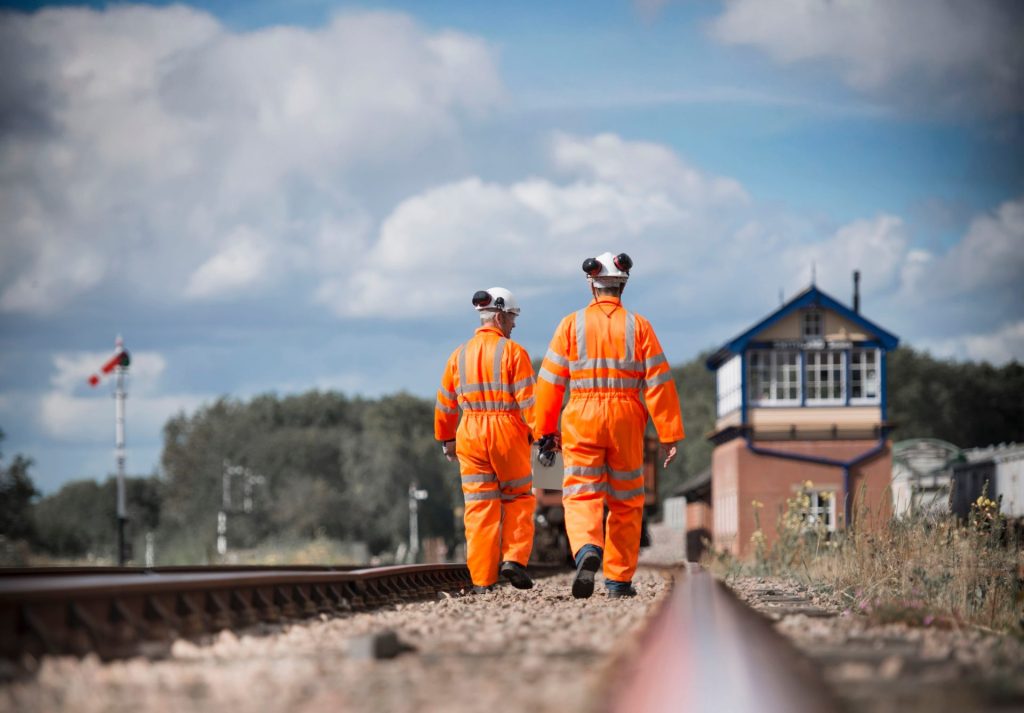Demand on the UK’s rail network is rising like never before, while the infrastructure on which it operates dates back, in some cases, to the railway’s debut 200 years ago. But this modern world needs a reliable service for passengers and freight, and the rail network’s importance to the UK economy is significant. Rail today supports around 710,000 UK jobs, and for every 1,000 people employed in the rail network, a further 4,300 jobs are supported across the UK economy.
It is faced with a myriad of challenges including the impact of extreme weather, dwindling labour resources and skills shortages. But a major issue for the network is ageing assets, and availability and accessibility of maintenance products.
The rail industry must find a way to effectively tackle these challenges. To aid this mission, RS created the ‘UK Rail – An Industry Review’ report, to provide a current snapshot of the state of play of the rail industry and highlight some of the solutions that could help maintainers of both the rail infrastructure and rolling stock.
Ageing assets poses huge challenge
A recent report from RS, in collaboration with the Institution of Mechanical Engineering (IMechE), reported that survey respondents cited ageing assets as the biggest driver of unscheduled downtime, and this is a big issue for the rail industry, presenting one of the biggest challenges facing its engineers, whether working on the rail network or in wider sectors.
Trains operating on the London Underground Bakerloo line are more than 50 years old, so reliability is a real issue and maintaining this older rolling stock is both challenging and expensive. Unreliability has a real impact on services, which is evident in the fact that the number of trains available on the Bakerloo line at any one time is in decline. This has affected train frequency during peak times, which has fallen from 22 to 20 trains every hour.
Aside from the ageing rolling stock, much of the railway infrastructure itself is much older. The 770-metre-long wooden bridge of the Barmouth Viaduct was constructed in 1867 as part of a major network expansion, and the recent renovation of this Grade II listed monument took four years at a cost of £30 million. This highlights the nature of investment needed for the crucial task of modernising the railways.
This is why it is imperative to considering the management of assets in a more holistic way. Effective and strategic maintenance programmes that deploy condition-based approaches to maintenance, rather than reactive, can help drive real efficiencies, and crucially, minimise downtime.
Working with expert solutions providers
With engineering skills shortages being prevalent across many sectors, not least rail, companies should look to partner with trusted suppliers of both products and solutions. This kind of collaboration can help operators reduce downtime through condition monitoring solutions that can aid preventative maintenance. It can also ensure products are available when needed, particularly Maintenance, Repair and Operations (MRO) supplies.
Solutions providers that can help with vendor-managed Inventory services will ensure parts needed to execute maintenance are available when and where needed. This aids risk management for procurement professionals responsible for ensuring availability, which is a key consideration. The supply chain disruption of recent years has made life harder for this group.
In this sector, there is also higher likelihood of product obsolescence, due to the nature of historic infrastructure and ageing assets. Supply chain reliability here is even more important to execute maintenance in a timely manner and minimise downtime.
There is a predicted growing demand on services, with the Rail Industry Association (RIA) citing an expected rise in passenger numbers of 37-97 per cent by 2050. The Office for National Statistics (ONS) projections show that the UK population will grow by 10 per cent to almost 74m by 2036. This means rail operators and maintainers really must embrace digital technology and the services of knowledgeable partners and suppliers, if the railway network is to survive for centuries to come.
RS’ ‘UK Rail – An Industry Review’ report can be downloaded in full here.
For more articles like this, visit our Leadership channel.




